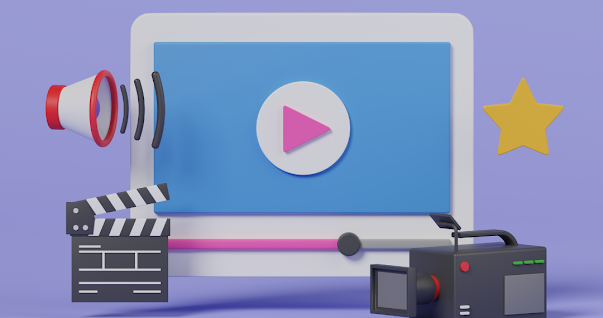Best Practices For Regulatory Compliance In Medical Device Translations
In the dynamic landscape of the medical device industry, regulatory compliance stands as a paramount factor in ensuring product safety, efficacy, and market approval. In this comprehensive blog, we delve into the intricacies of medical device translation and highlight the best practices that industry experts employ to achieve regulatory compliance.
Regulatory Frameworks in Medical Device Translation
Navigating the intricate regulatory landscape requires a thorough understanding of the major authorities and standards governing medical device translation. Key regulatory bodies include the stringent U.S. Food and Drug Administration (FDA) and the recently implemented European Union Medical Device Regulation (EU MDR).
Compliance with these frameworks is non-negotiable for market access and maintaining patient welfare. A deep comprehension of the requirements and documentation necessary for regulatory compliance is the foundation for successful medical device translation.
Challenges in Regulatory Compliance for Medical Device Translation
Accurate translation of terminology and adherence to strict labelling requirements pose significant challenges in achieving regulatory compliance. Precise and contextually appropriate translation of medical device terminology is vital to ensure clarity and mitigate risks.
Furthermore, complying with country-specific regulations and variations adds complexity, particularly when venturing into new markets. Remaining updated on evolving regulatory landscapes and periodic updates demands vigilance and expertise.
Best Practices for Ensuring Regulatory Compliance
1. Establishing a translation quality management system: A robust quality management system is essential to guarantee consistency, accuracy, and regulatory compliance. This system encompasses meticulous translator selection, efficient project management, rigorous quality assurance protocols, and comprehensive documentation.
2. Partner with a reliable translation service provider: Language service providers work with translators possessing deep regulatory knowledge and extensive experience. These professionals are adept at navigating complex regulatory requirements, meticulously handling intricate medical terminology, and delivering accurate translations that comply with local regulations and guidelines.
Look for agencies that are aware of the language requirements of different regulatory authorities and provide specialized medical device translation services. This will help you streamline your translation efforts.
Source:
3. Implementing comprehensive validation and verification processes: Rigorous validation and verification processes are indispensable for ensuring the integrity and accuracy of translated content. Such processes encompass independent review, linguistic validation, back-translation, and harmonization with the source text, mitigating potential errors and ensuring compliance.
Documentation and Labeling Requirements
Medical device translation extends beyond the mere translation of product documentation. It encompasses the precise translation of critical materials such as Instructions for Use (IFU), packaging, and labelling. Each market imposes unique requirements and regulatory specifications for these materials. Manufacturers must meticulously account for cultural sensitivities, legal constraints, and region-specific nuances to provide accurate and compliant translations. Maintaining up-to-date translations for regulatory submissions is crucial for market success.
Collaboration and Communication with Regulatory Bodies
Building robust relationships with regulatory authorities fosters effective communication channels, enabling manufacturers to seek clarification on complex regulatory requirements. Proactive engagement with regulatory bodies facilitates compliance, prevents potential bottlenecks, and reduces the risk of delays or rejections. Open dialogue allows manufacturers to address potential compliance issues early on and demonstrate a commitment to ensuring regulatory adherence.
Conclusion
In the ever-evolving medical device industry, regulatory compliance serves as the cornerstone for market access and patient safety.
By following best practices, such as establishing a translation quality management system, engaging specialized translators, implementing robust validation processes, and fostering collaboration with regulatory bodies, manufacturers can overcome challenges and achieve seamless regulatory compliance in medical device translation.
Prioritizing compliance not only unlocks market opportunities but also engenders trust and confidence among healthcare professionals and end-users, ultimately ensuring the safety and success of medical devices in diverse global markets.
Additionally, it is best to partner with a reliable language service provider to ensure the translations are compliant with medical device regulations.
.png)




